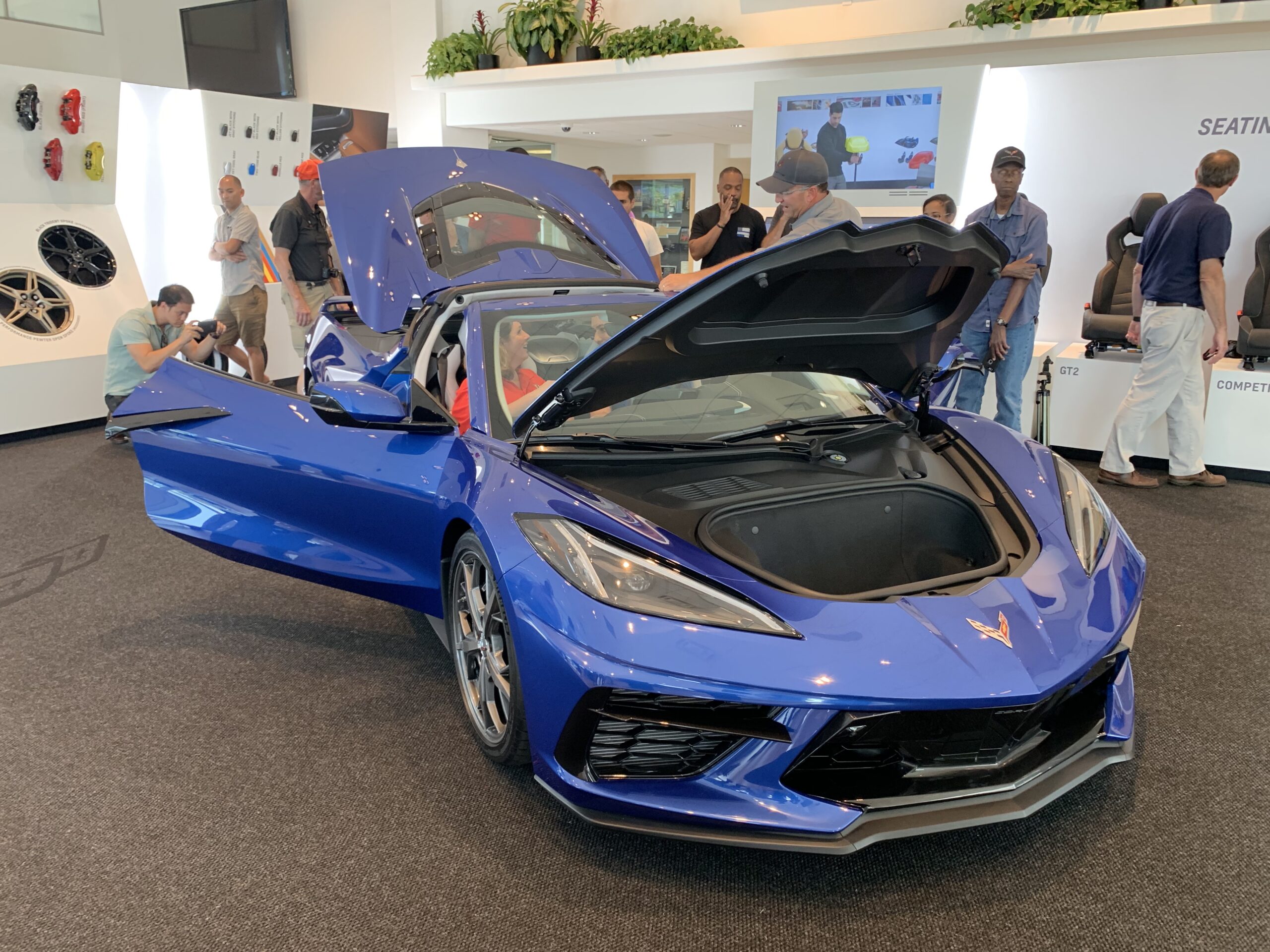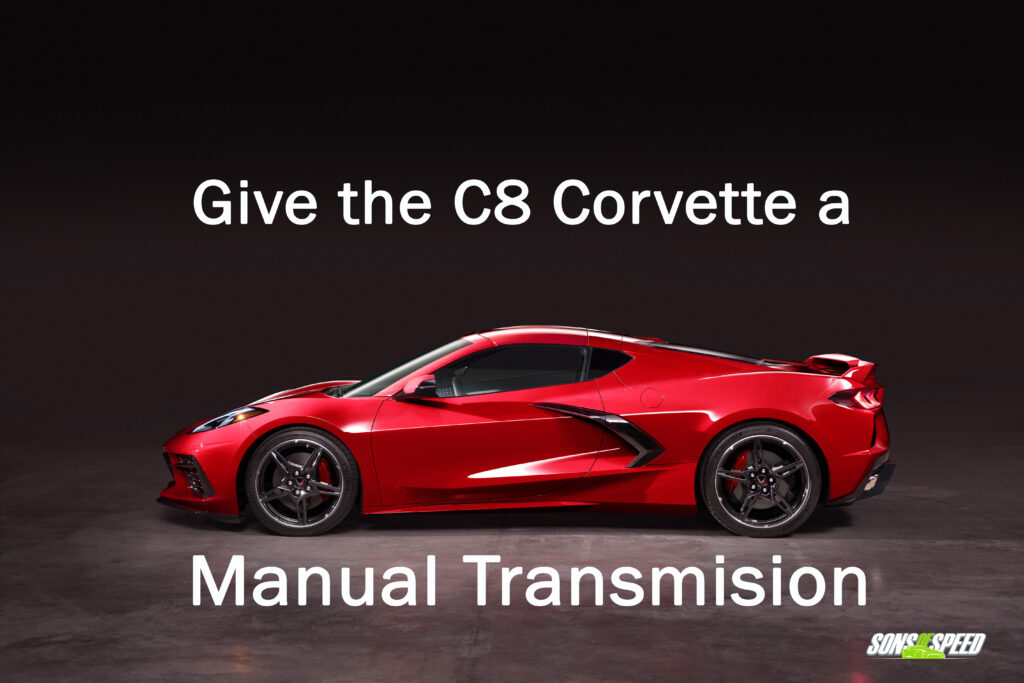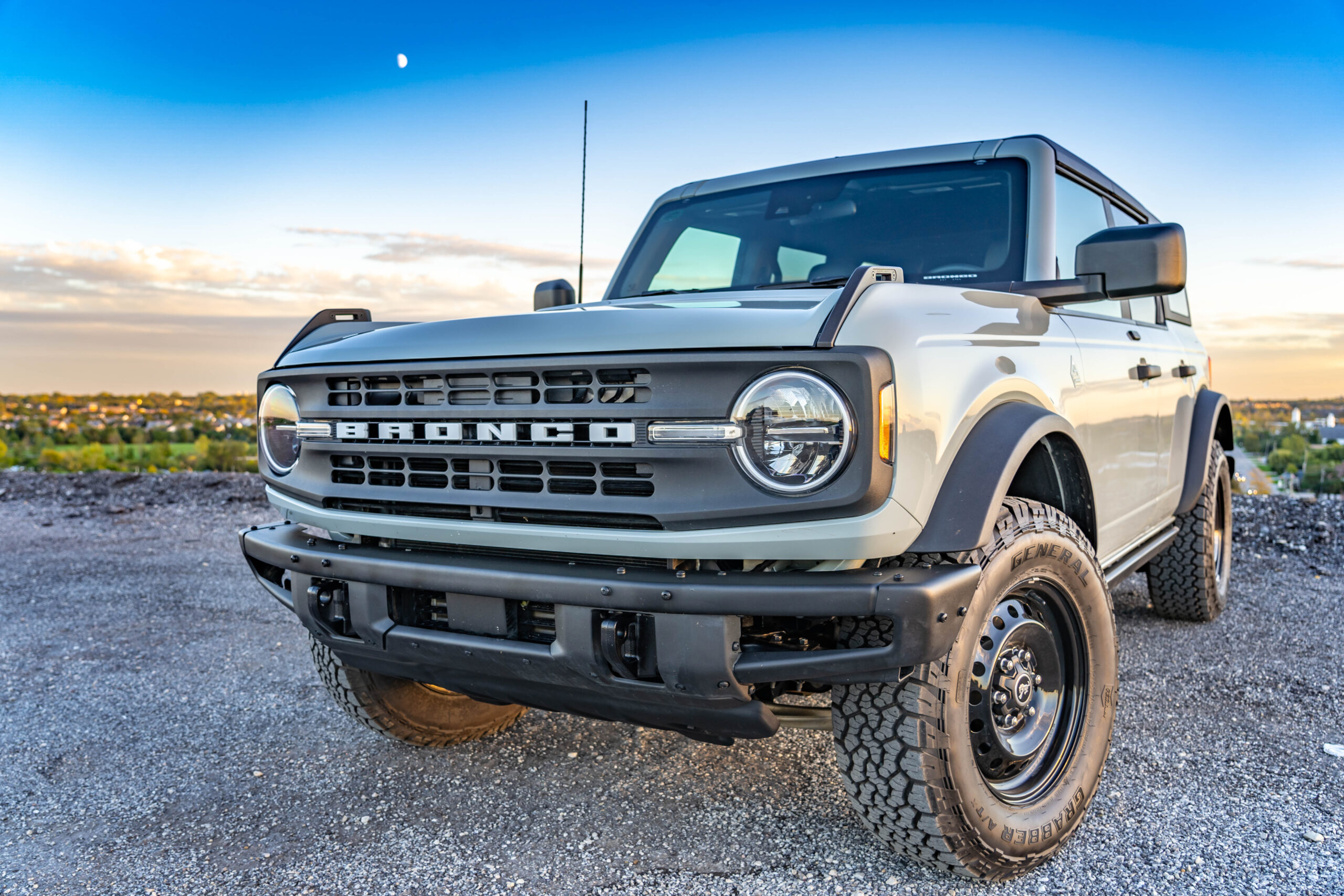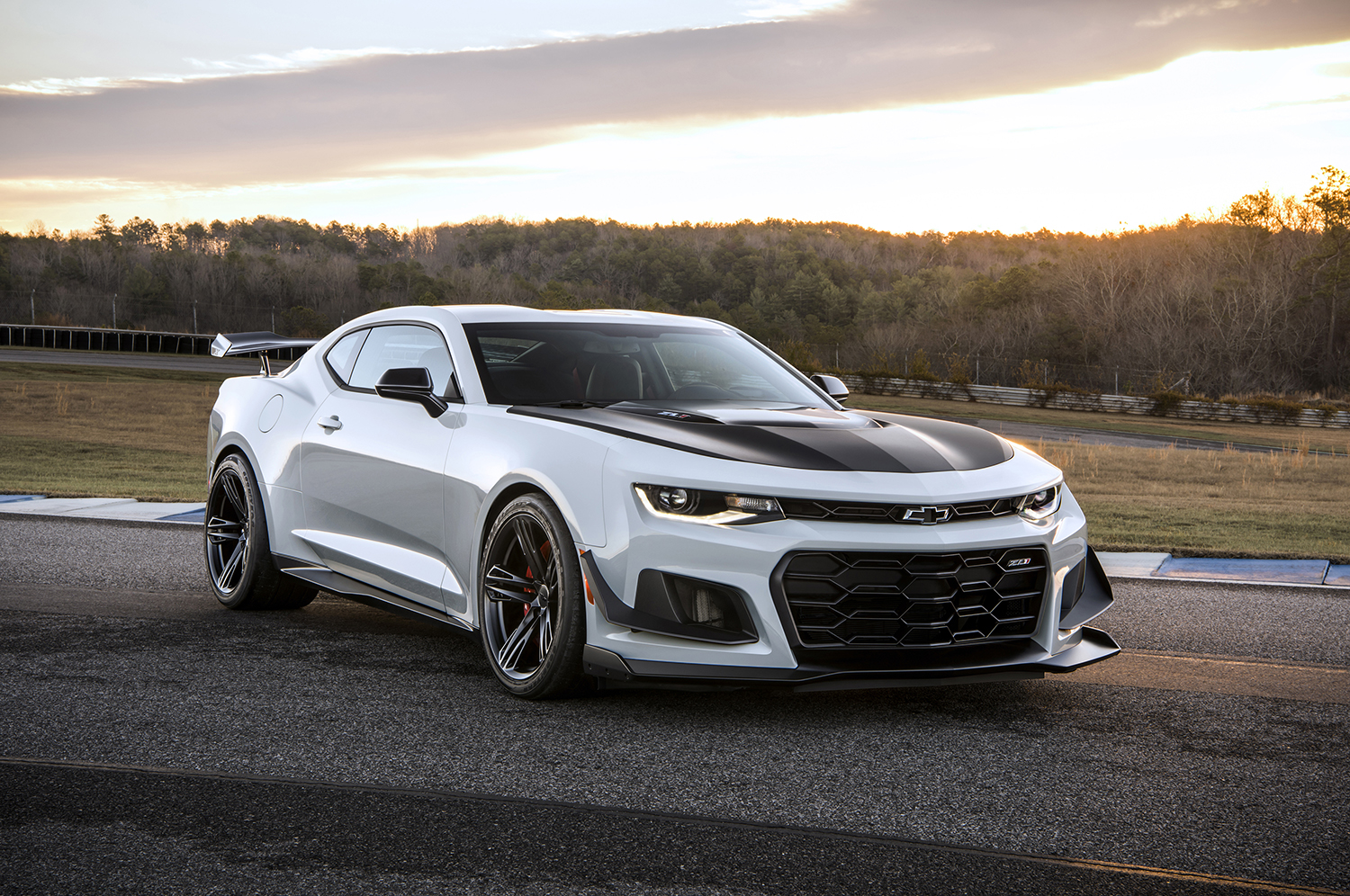Chevy's Huge Mistake on the C8 Manual (and Its Misleading Stats on C7 Take Rates)

Chevy is Missing a Huge Demographic Link and Using Bad Statistics to Justify Its Exclusion of a Manual for the C8 Corvette
An update appears at the end of this story.
A recent Car and Driver headline blares, “The Real Reason the New C8 Corvette Isn’t Available with a Manual Transmission” and goes on to claim “that the real thing that put the team over the edge in their decision was a lack of customer demand.” Chevy claims that while manual take rates started out at 50% for the C7, it dwindled down to 20% which, Chevy claims, wasn’t enough to justify developing a manual transmission for the C8 Corvette. Intrigued, we asked Chevy directly for detailed data on take rates for the C7. All we got back was a claim that “15% of seventh generation [sic] buyers optioned for manual transmission.” Sounds low, lower even than what it told Car and Driver. Except that it’s simply not true.
After being denied the data behind that claim, we did our own research and, thanks to data compiled and published each year by the National Corvette Museum, we compiled all Corvette sales data between 2014 and 2018 (2019 figures have not yet been published), separating out each year by model and that model’s manual take rate. What we found was a bit surprising given all the talk of how few manuals the C7 allegedly sold. In fact, the overall manual transmission take rate for the C7’s first year was 35% (not 50%) when the Stingray was the only model offered. In 2015, Chevy added the Z06 to the lineup and **GASP** 51.6% of 2015 Z06 buyers chose the manual transmission. Yes, you read that right. More than half! That same year, the Stingray’s manual transmission rate slipped to 25.6%, undoubtedly losing some buyers to the faster, sportier Z06. Still, the overall manual take rate for 2015 for all Corvettes only slipped down to 32.1%, still almost one-third of all buyers.
Model year 2016 saw no new models for the Vette, but the Stingray’s manual rate continued to slip to 19.3%, while the Z06’s rate fell to 41.1%, for an overall take rate of 25.3%. 2017 brought the introduction of the Grand Sport which saw a first-year manual take rate of 21.3%, while the Stingray remained nearly identical at 18.9% and the Z06 dipped to 29.1% (this being the first year of the redesigned supercharger to reduce overheating issues, mostly affecting automatic cars). The very short 2018 model year saw very similar numbers: Stingray – 17.2%; Grand Sport – 22.3%; Z06 – 27.9%. The overall manual take rate for 2017 and 2018 was nearly identical at 22% and 21.9% respectively. The totals for these five years show an overall, 2014-2018 manual take rate of 28.3% with over 42,000 M7 C7’s being built.
For the overall C7 take rate to drop from 28.3% to 15% as Chevy claimed to us would have required Chevy to produce 133.851 automatic C7’s for 2019 – all in automatic. Given than 2014’s total production numbers of 37,288 led the C7’s run, that simply could not have happened, though it is possible that some facet of the 2019 take rate is down to 15%. Also keep in mind that at this stage of the production run with the C8 about to be or (now) having been announced, most of the 2019 Corvettes are being ordered by dealers at this point, not customers. Therefore, 2019 figures (apart from the ZR1’s totals) are probably not a valuable addition to the data set.
Now let’s compare the manual take rate to, say, the convertible take rate. After all, it takes a ton of development time to do a convertible right, and the C8 was probably harder to develop as it will be a folding hardtop convertible with different bodywork covering the engine. So one would think that if the convertible had a low take rate, say as low as the manual, using Chevy’s logic, it wouldn’t waste the time developing a convertible for the C8. Therefore, it must be pretty high, right? Nope. Not even close. In fact, the convertible take rate for the C7 was even lower than that of the manual transmission. Once again, you read that right. Chevy sold 7% more manual transmission cars than they did convertibles (28.3% v. 21.3%), and yet the team developed a convertible C8 and not a manual one.
So why would Chevy be out there telling automotive journalists that the C7 manual take rate is only 15 or 20%, when the overall rate is closer to 30%? One obvious answer is it doesn’t like the backlash and hopes that if everyone thinks nobody wanted a C7 manual, that people will stop asking about one for the C8. Troubling thing is, from what we know now about the C8’s long development timeline, it seems Chevy nixed the C8 manual at a time where fully one-third of buyers were choosing the manual. Being willing to discard that large of a customer base seems risky at best, especially one that represents your enthusiast crowd who came out in large numbers for the C7 Stingray and Z06 launches.
But here is the key piece of data that Chevy probably hasn’t studied: what are the ages differences, if any, between the manual and automatic buyers? According to cargurus.com, the current average age of a Corvette buyer is 59 years old – significantly older than Ferrari and Porsche, for example. Yahoo! News puts it at a much higher 67 years old. I can verify that in my own local Corvette club, the average owner is much older (my estimate, at least 70). The important connection with the topic at hand is this: most of these older owners in my club drive automatics. These owners are, frankly, at an age where rowing your own gears and working the shifter and clutch are no longer as appealing as a leisurely and relaxing backcountry drive.
This leads to a very important question: could the ever-increasing average age of a Corvette owner be the real reason the manual take rate on C7’s was only 28.3%? Why would knowing which age demographic chose which transmission be important? That’s easy, Chevy has claimed it designed the C8 to appeal to a younger demographic (which even earned a hilarious satire piece on the subject). But what if it was that “younger demographic” that was actually responsible for most of the 28.3% of manual C7 sales? What if it was the older buyers who by-and-large bought the automatic? Wouldn’t that destroy the argument, “Our target customers don’t want it”? We wanted to find out, so we specifically asked Chevy these three questions:
(1) What was the overall manual transmission take rate on the C7 by year and overall totals?
(2) What was the average age of a manual transmission buyer and the average age of an automatic transmission buyer?
(3) What is the target age demographic for the C8?
Perhaps sensing where we were going with these questions, all we received back was the incorrect “15%” figure noted above. But if Chevy actually took the time to look at and answer these questions, they might find they’re ignoring the very demographic they hope to capture with the C8. Yes, the car is revolutionary and therefore will sell extremely well to start out, but when over 51% of first time C7 Z06 buyers chose manual, those are the same buyers ready to trade that manual in for a C8 (Z06?) and they probably want another manual as well. That 51% initial Z06 take rate has to look good to Chevy, and the Z06’s overall 40% take rate could be enough to convince Chevy to at least offer a manual transmission in that trim. Oh, what a glorious piece of automotive heaven that would be.
If you would like to see a manual in the C8 Corvette, join over 2,500 other enthusiasts (and counting) and sign our Change.org petition.
UPDATE, 08/05/2019 We received the following clarification and update from Chevrolet:
“The 15% figure originally provided was an approximation of MY19 Stingrays sold through the first part of the year. For all of 2019, we forecast that number will rise to just over 20% manual, with a slight increase occurring over the last few months of the year for those who would like to buy a manual while it is available.
Corvette Executive Chief Engineer, Tadge Juechter, has previously stated that the cost to create and package a bespoke manual transmission for the 2020 Stingray would be cost prohibitive for the dwindling take rate of manuals. The team worked incredibly hard to ensure that the new 8-speed dual-clutch transmission provides the best of both worlds: the spirited, direct connected feeling of a manual and the premium driving comfort of an automatic. We believe we have done that, and its lightning fast shifts (less than 100 milliseconds), the 2020 Stingray will provide customers a fantastic driving experience.”
Let’s read between the lines here. First, Chevy has been using approximate MY2019 Stingray manual take rates when they are out there quoting C7 manual take rates. To limit your statistic to one model and one model year is certainly less than accurate, as we discussed above. There is a silver lining, however, in this official statement: Chevy limited its comments only to the Stingray trim and only for the 2020 model year. As we see above, the Z06 had an overall 40% take rate, and while the Grand Sport lagged behind that, it felt most at home with a manual as well. Notice what Chevy actually said: it was too expensive to “package a bespoke [custom made] manual transmission for the 2020 Stingray.” Chevy could have instead said “for the C8 Corvette,” and the fact that it did not leaves open the possibility that a future year and/or future trim level will indeed feature a three-pedal manual transmission. Only time will tell, but we’re hoping that the C8 follows the C7 development schedule and gives us a Z06 package car for 2021.





